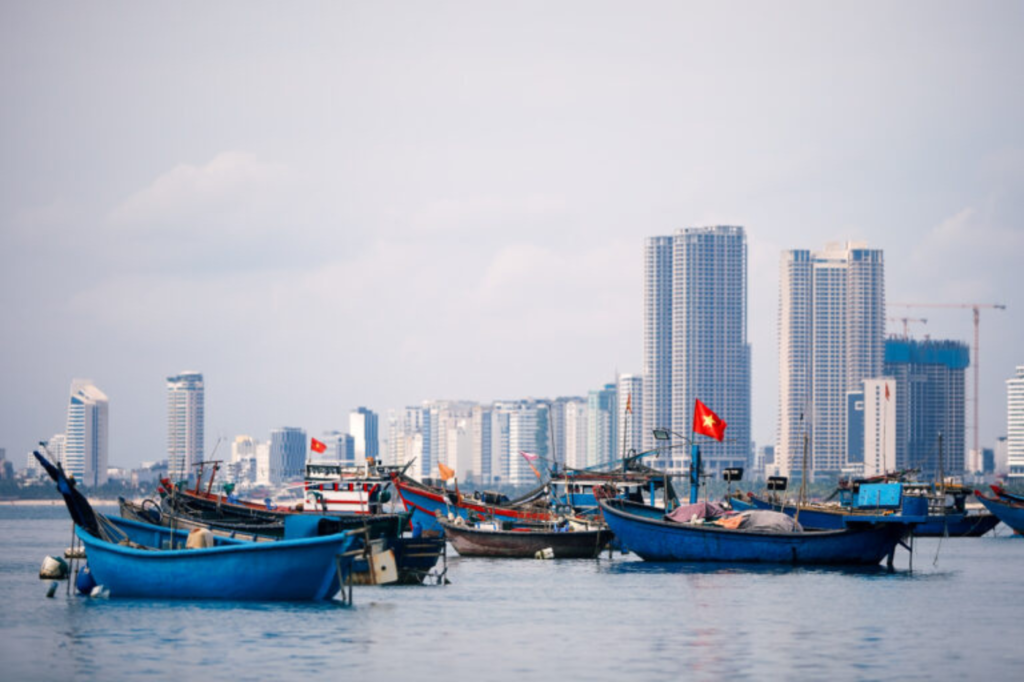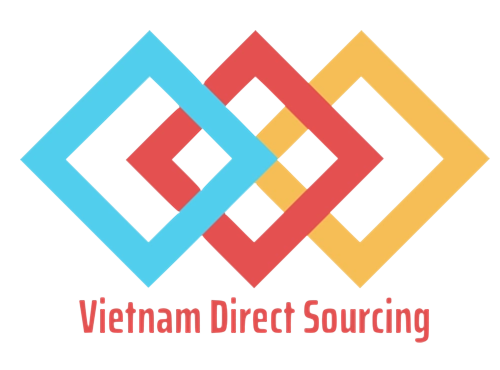





Vietnam: The Rising Star of Sourcing in Southeast Asia
As the global economic landscape shifts and geopolitical strategies evolve, Vietnam emerges as a rising star in the sourcing arena. For savvy trade professionals and business leaders seeking a blend of efficiency and cost-effectiveness, Vietnam shines brightly. Join me on this exciting exploration as we delve into why Vietnam is rapidly becoming the go-to destination for sourcing. We’ll uncover how its strategic location, skilled workforce, and supportive business environment position it as a formidable contender in the global market.
Vietnam’s Strategic Location and Infrastructure: A Gateway to Prosperity

Why is Vietnam the dragon at the crossroads of Southeast Asia?
Vietnam’s geographic positioning is akin to a dragon perched at the nexus of Southeast Asia. It borders China and boasts maritime proximity to several ASEAN countries, opening the gateway to a consumer base of over 650 million. This strategic placement offers businesses an unrivaled entry into one of the world’s fastest-growing economic regions.
- Proximity to Key Markets: Vietnam’s location provides easy access to major markets in China, Japan, South Korea, and the broader ASEAN region.
- Free Trade Agreements: Vietnam is a signatory to multiple Free Trade Agreements (FTAs), including the Comprehensive and Progressive Agreement for Trans-Pacific Partnership (CPTPP) and the EU-Vietnam Free Trade Agreement (EVFTA), enhancing its trade relationships and market access.
How does Vietnam’s modern infrastructure enhance its role as a sourcing hub?
Vietnam has invested significantly in its infrastructure, transforming it into a well-oiled machine for sourcing:
- Seaports and Airports: The country hosts key seaports like Cai Mep and Hai Phong, which are capable of handling large cargo volumes and facilitating global trade. Modern airports, including Tan Son Nhat International Airport, enhance connectivity.
- Highways and Railways: Vietnam’s extensive highway network, including the North-South Expressway, and the planned high-speed rail line between Hanoi and Ho Chi Minh City, streamline logistics and reduce transit times.
- Logistics Efficiency: The World Bank ranks Vietnam among the top countries in Southeast Asia for logistics performance, underscoring its effectiveness in goods distribution. Learn more about Documents Required for Logistic Legalities in Vietnam: A Quick and Easy Guide.
What digital connectivity breakthroughs can businesses tap into in Vietnam?
The Vietnamese government’s push for digital transformation is nothing short of revolutionary. The rapid rollout of high-speed internet and emerging 5G networks is akin to strapping into a high-speed rocket, propelling e-commerce growth and positioning Vietnam competitively in the digital economy.
- Internet Penetration: Vietnam boasts a high internet penetration rate of over 70%, with growing adoption of digital technologies across sectors.
- 5G Network Expansion: The government is investing in nationwide 5G infrastructure, expected to enhance connectivity and support advanced digital services.
How does Vietnam’s labor force add value to its sourcing appeal?
Vietnam’s labor force is a dynamic blend of youth and skill, a testament to the government’s investment in education:
- Education and Skills: With a literacy rate of over 95% and significant improvements in vocational training, Vietnam’s workforce is well-prepared for diverse manufacturing and technical roles.
- Language Proficiency: English proficiency is improving, with a growing number of workers fluent in the language, facilitating international business interactions.
What cost advantages come with employing Vietnamese talent?
Despite their high skill levels, Vietnamese workers offer a cost advantage compared to their counterparts in many other Asian nations:
- Competitive Labor Costs: Vietnam’s average labor costs are lower than those in China, India, and Thailand, providing businesses with a cost-effective solution for high-quality production.
- Economic Benefits: Companies can benefit from Vietnam’s lower overhead costs and favorable labor laws, which support operational efficiency and cost savings.
Government Initiatives: Fueling Business Success
What incentives does the Vietnamese government offer to foreign investors?
Vietnam extends a range of incentives designed to attract and retain foreign investment:
- Tax Benefits: The government offers competitive corporate tax rates of 20%, with additional incentives for businesses in priority sectors such as technology and renewable energy.
- Investment Zones: Special Economic Zones (SEZs) and Industrial Parks offer reduced taxes and streamlined administrative procedures to encourage investment.
How does Vietnam simplify business operations for foreign entities?
In its quest to create a more business-friendly environment, Vietnam has streamlined numerous administrative processes:
- Online Platforms: The introduction of online platforms for business registration and tax filing reduces bureaucratic hurdles and enhances operational efficiency.
- Ease of Doing Business: Vietnam’s improved ranking in the World Bank’s Ease of Doing Business report reflects its commitment to simplifying business operations and attracting foreign investment.
Conclusion: Vietnam as a Top Choice for Global Sourcing
To wrap up, Vietnam’s rising star status makes it an exceptional choice for businesses looking to strengthen their supply chain and enhance global competitiveness. With its strategic location, robust infrastructure, skilled labor force, and supportive government policies, Vietnam is not just an alternative but a primary destination for sourcing and manufacturing. Engaging with Vietnamese sourcing agents and exploring this dynamic market could well be the key to unlocking substantial benefits and securing success in a world of global uncertainties.
Learn more about this topic on our podcast!
Want to dive deeper into this subject? Check out our latest podcast on this subject on Spotify, where we explore this topic and so much more! Whether you're on the go or relaxing at home, tune in for insights, tips, and discussions that bring our blog topics to life.



Leave a comment
Your email address will not be published. Required fields are marked *